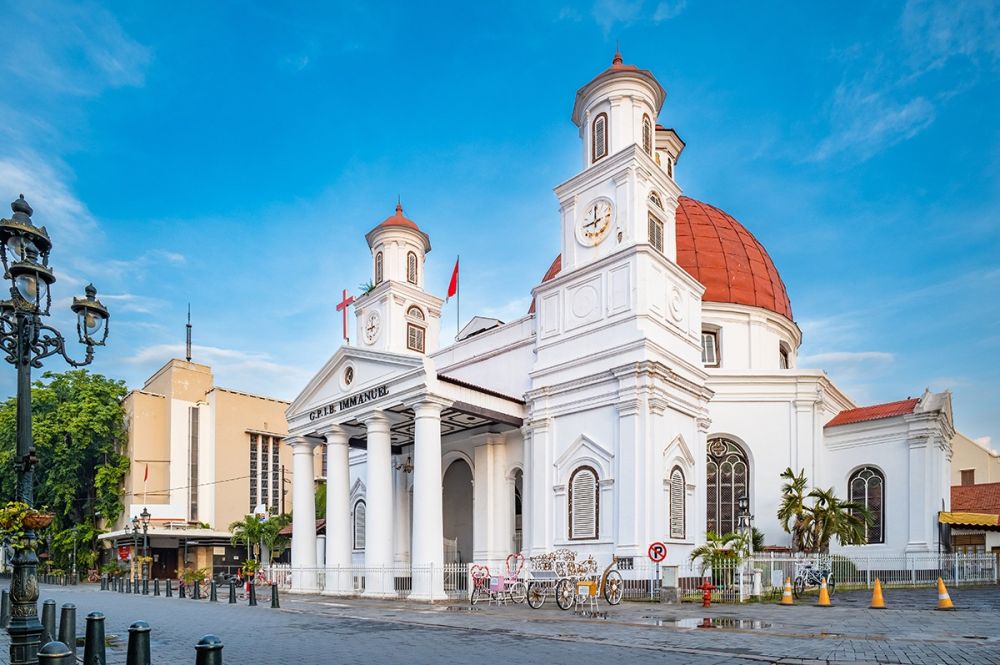

Semarang, a city on the north coast of Java, Indonesia, has a jewel in its crown known as Kota Lama or the Old Town. This historic district serves as a striking relic of Indonesia's colonial past, primarily under Dutch rule. Kota Lama's history as a tourism destination is anchored in its rich cultural heritage, showcasing an enchanting blend of Indonesian and European architecture.
The rise of tourism in Kota Lama can be traced back to the late 20th century when efforts were made to preserve the historical value of the area. Recognizing its potential as a cultural attraction, local authorities and conservationists started to rehabilitate and restore many of the district's colonial buildings. The transformation of these historical structures into cafes, museums, galleries, and boutique hotels played a critical role in Kota Lama's emergence as a tourist destination.
Visitors to Kota Lama are greeted with an atmospheric stroll through streets lined with buildings showcasing Dutch colonial architecture. The blend of European styles with traditional Javanese elements in the Old Town's urban plan and its edifices stand as a testament to the area's historical narrative. Key landmarks such as the Gereja Blenduk, a 1753 Dutch church with its distinctive dome, add to the allure for history buffs and architecture enthusiasts. The Tawang Train Station, one of the oldest stations in Indonesia, is also a draw for tourists.
The latest trends in tourism at Kota Lama focus on experiential and cultural immersion. Visitors are increasingly seeking authentic experiences beyond the standard sightseeing tours. Interactive workshops on batik painting, traditional Indonesian culinary sessions, and guided heritage walks allow tourists to engage with the local culture more meaningfully. Night markets and cultural festivals also add to the dynamic atmosphere, providing fresh and vibrant ways to experience the Old Town.
While Kota Lama is enjoying popularity among tourists, it faces the challenge of balancing preservation with modern development. Efforts to maintain the historical integrity of sites while accommodating the influx of visitors are crucial. Adaptive reuse of old buildings is one of the strategies being employed to ensure sustainable tourism growth without compromising heritage values.
Looking ahead, Kota Lama is expected to continue growing as a key cultural and historical attraction in Indonesia. With the government's ongoing efforts towards conservation and the promotion of responsible tourism practices, the Old Town is set to enhance its position on the global tourism map while preserving its unique charm and historical significance for future generations.